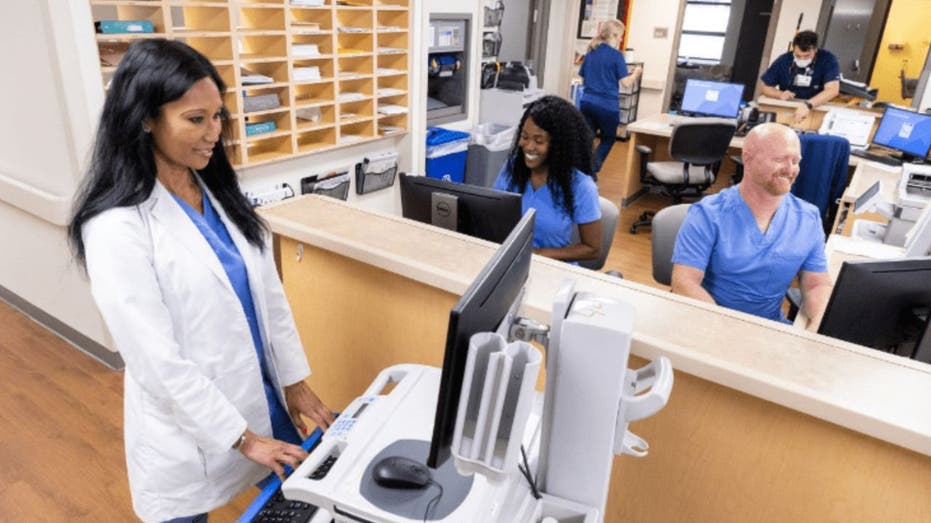The Alarming Impact of Ransomware Attacks on Patient Health in Hospitals

As we venture deeper into 2024, the healthcare sector continues to grapple with a disturbing trend: the frequency and severity of ransomware attacks. Following a record-breaking year for healthcare breaches in 2023, this year is shaping up to mirror those troubling statistics, with patient safety increasingly at risk.
Ransomware’s Lasting Effects on Patient Care
One particularly notorious incident that captured headlines was the Ascension ransomware attack in May, which significantly disrupted patient care and operations within healthcare facilities. A recent report from Microsoft underscores the dual threat of these cyberattacks: not only do they result in data theft, but they also pose grave risks to patient health.
According to Microsoft, ransomware attacks have life-threatening repercussions. When healthcare providers lose access to essential systems, such as diagnostic equipment and patient records, the consequences can be dire. For instance, during hospital attacks, the activation of stroke protocols nearly doubles, with confirmed stroke cases rising by a staggering 113.6%. Similarly, instances of cardiac arrest increase by 81%, leading to a dramatic drop in survival rates from 40% to a mere 4.5%.
The Ripple Effect on Healthcare Facilities
The chaos does not stop at the targeted hospital. Nearby healthcare facilities often experience an influx of patients seeking urgent care, which they may not be equipped to handle. This surge in demand leads to longer wait times and potentially compromised patient outcomes.
Moreover, the problem extends beyond urban hospitals. Rural health clinics, often the only medical options within vast areas, are particularly vulnerable to ransomware attacks. These facilities frequently lack the resources necessary to prevent or respond to cyber threats, making a successful attack devastating for entire communities.
Escalating Cyber Threats in Healthcare
Since 2015, ransomware attacks targeting healthcare organizations have surged by an alarming 300%. As of the second quarter of 2024, healthcare ranks among the top 10 most attacked industries. The primary incentive for hackers is the sensitive nature of the data these organizations store, which can translate into significant financial gain. Faced with the potential for catastrophic patient outcomes and financial loss, many hospitals feel compelled to pay ransoms, further entrenching the sector as a prime target for cybercriminals.
Challenges in Cybersecurity for Healthcare Organizations
Part of the problem lies within healthcare organizations themselves. Many allocate lower budgets to cybersecurity compared to other industries, which hinders their ability to defend against attacks. A lack of dedicated cybersecurity personnel—such as chief information security officers or security operations centers—leaves vulnerabilities unaddressed. Additionally, healthcare staff often receive little to no cybersecurity training, resulting in a workforce ill-equipped to recognize threats like phishing emails.
Proactive Measures for Patients
With the rise of cyberattacks on healthcare providers, it is prudent for patients to take proactive steps to safeguard their personal information and prepare for potential service disruptions. Here are several strategies to consider:
- Stay informed: Keep abreast of updates from your healthcare providers regarding any data breaches or service disruptions.
- Maintain personal health records: Keep copies of important health information, including medications and allergies, on your devices or in printed format.
- Prepare for medical emergencies: Know nearby alternative healthcare facilities and their wait times in case your primary provider is affected.
- Practice cybersecurity best practices: Use strong, unique passwords and consider enabling two-factor authentication for added security.
- Be vigilant against phishing: Protect yourself against phishing attempts by employing strong antivirus software on all devices.
- Confirm appointments: Contact your healthcare provider to confirm the status of upcoming appointments if a cyberattack has occurred.
- Monitor patient portals: Keep an eye on patient portals for updates on your medical records and communications from healthcare providers.


